The all-new Range Rover Sport, revealed at the New York motor show, is a model described by Land Rover design boss Gerry McGovern as being “the Porsche 911 of SUVs”.
It’s his way of emphasising the essential difference between the all-new Sport — due in showrooms in September — and the recently launched, considerably larger Range Rover flagship which shares many of the Sport’s underpinnings but not its essential character. “We’ve taken ride, handling and agility to another level in the Sport,” adds brand boss John Edwards. “This is the fastest, most agile and most responsive Land Rover ever.”
The first-generation Sport rapidly achieved halo status as JLR’s most profitable car, scoring impressive success in the US and especially in Manhattan — hence the decision to unveil the second-generation car at the New York motor show this week. Sales have always been strong; even last year it notched up 56,000 sales, its second-best result to date.
>> Steve Cropley talks to design boss Gerry McGovern
>> Range Rover Sport: first ride impressions
The styling — more sophisticated and sporty than before — makes obvious reference via the floating roof and basic proportions to the ‘senior’ Range Rover, but it is both low and compact in comparison, with greater windscreen rake, a forward control aspect and pronounced wheel arches and haunches that advertise its dynamic priorities. “It’s dramatic and powerful, with immense road presence,” claims McGovern.
The new Sport has much more in common with the Range Rover than the old model, sharing most of its primary suspension and transmission parts and key components of its aluminium monocoque chassis (adopted instead of the original model’s heavy, old-tech, twin-rail steel chassis). The new car is 62mm longer than the outgoing Sport, but still 149mm shorter than the flagship Range Rover, while its wheelbase is 178mm longer than that of its predecessor. Thus its rear overhang is markedly shorter than before and the redesigned cabin offers both more rear-seat knee room and space for an optional pair of electrically powered, fold-down, child-friendly seats forming a third row, making this a ‘5+2’ SUV for the first time.
Weight saving is a highlight of the new Sport. Engineers claim a ‘real-world’ saving of around half a tonne over the previous model, though that is calculated by comparing the latest high-output V6 with the previous diesel V8, which offers similar performance. If you compare old and new V6s directly, the difference is a still-impressive 420kg.

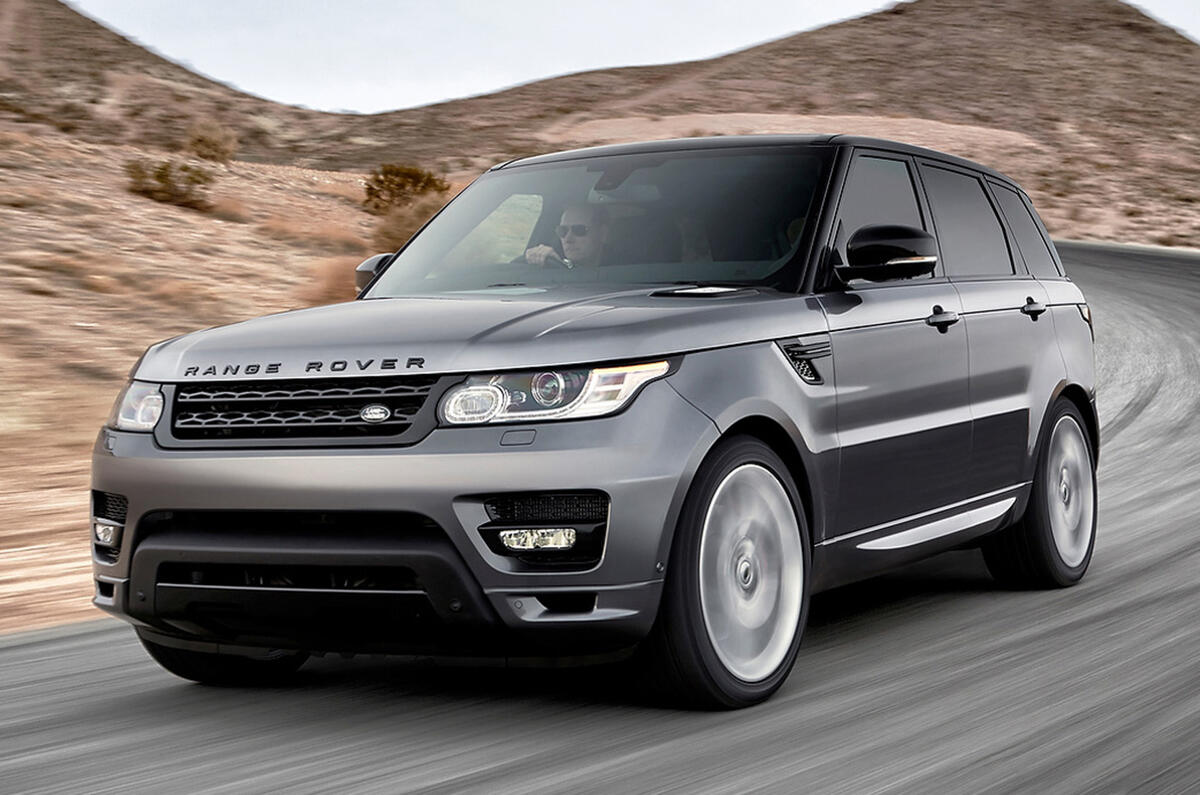



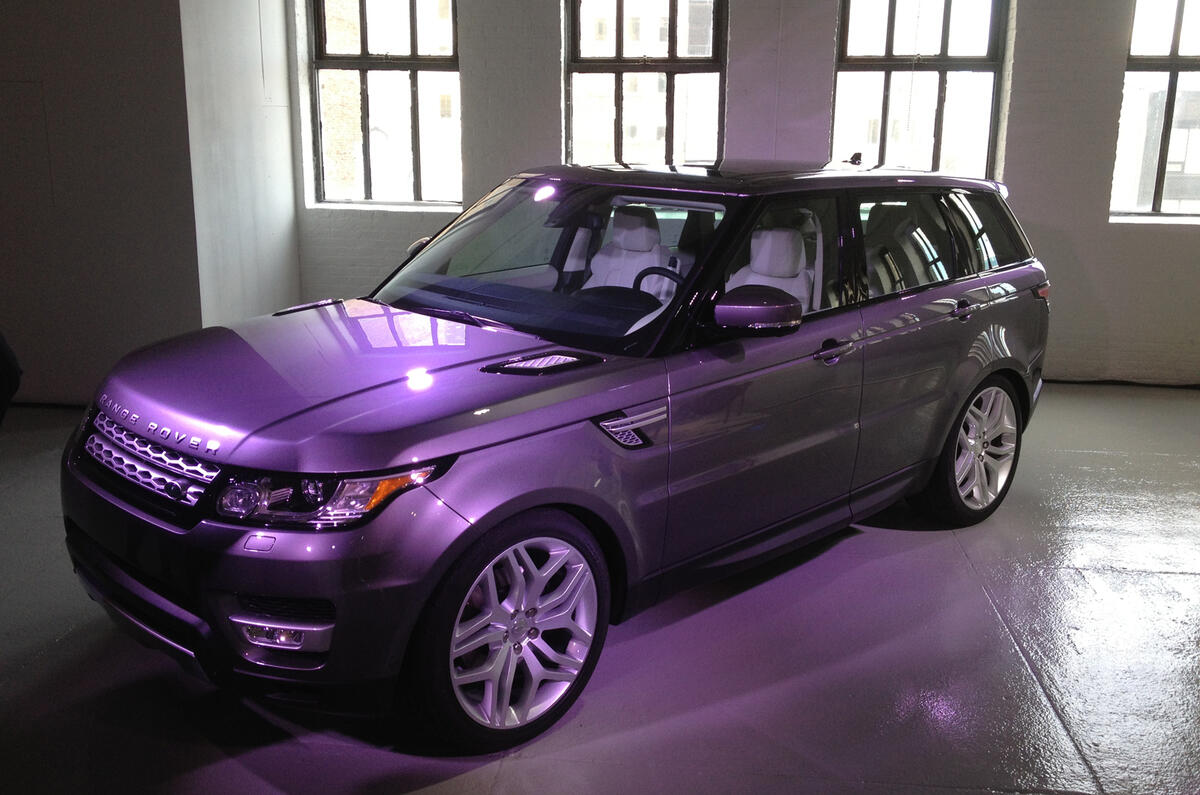
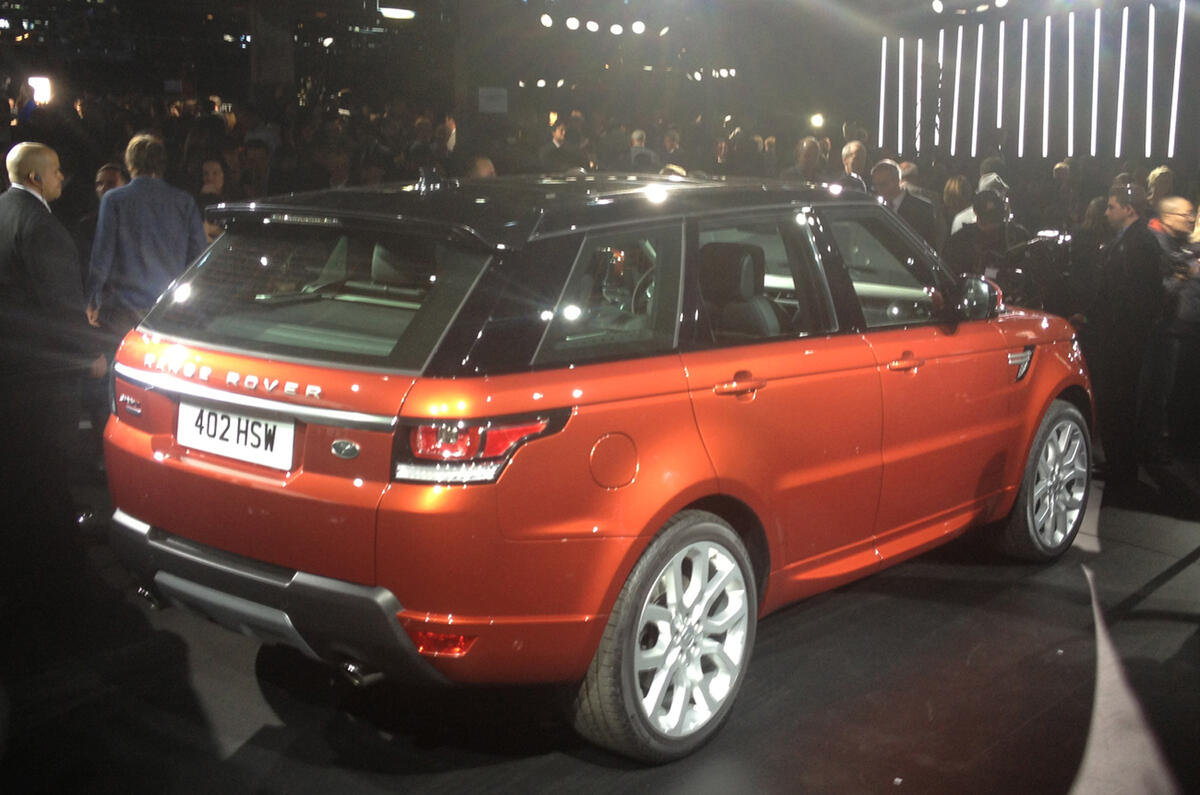
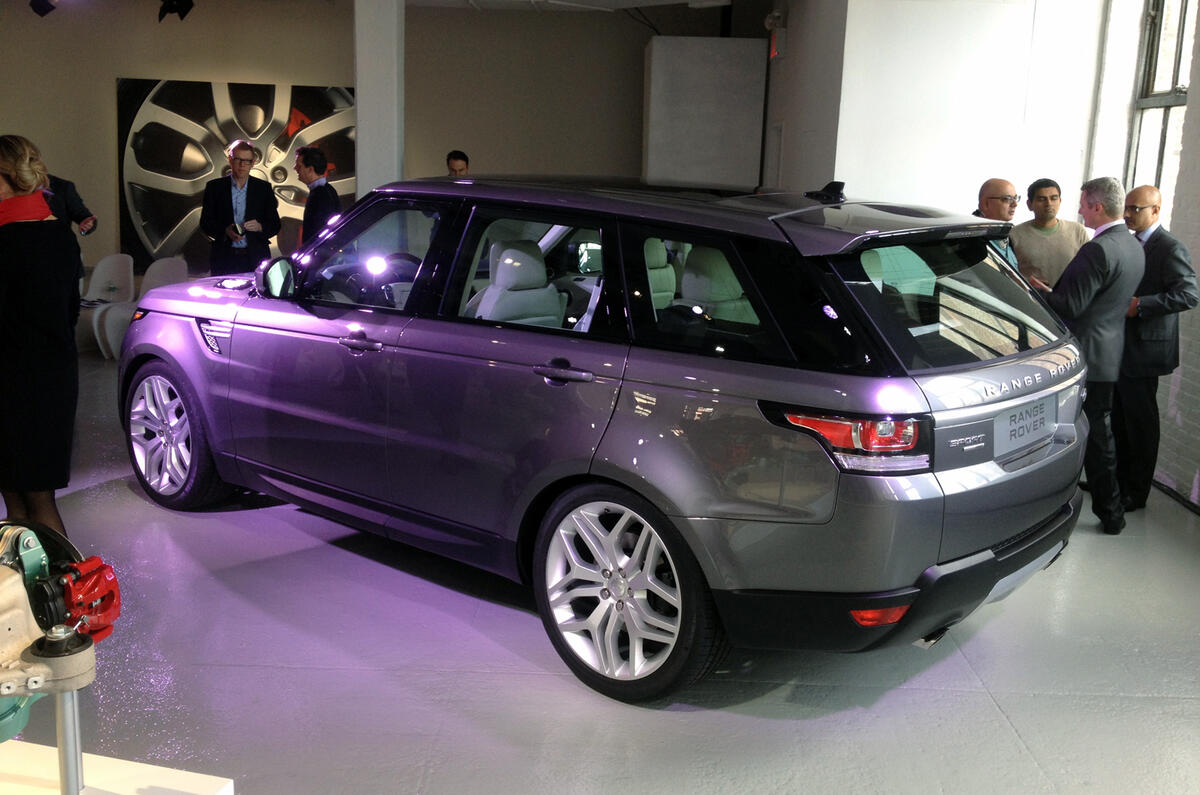


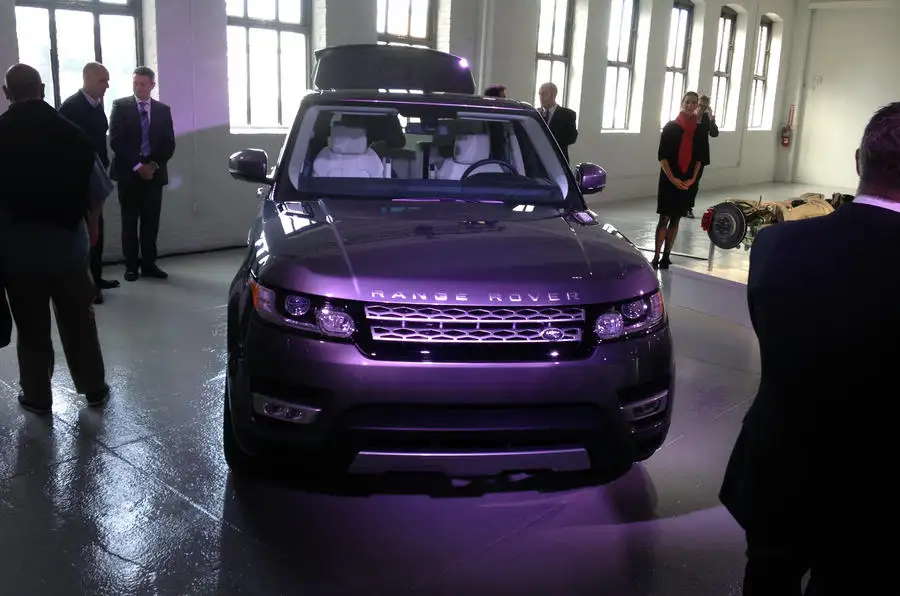
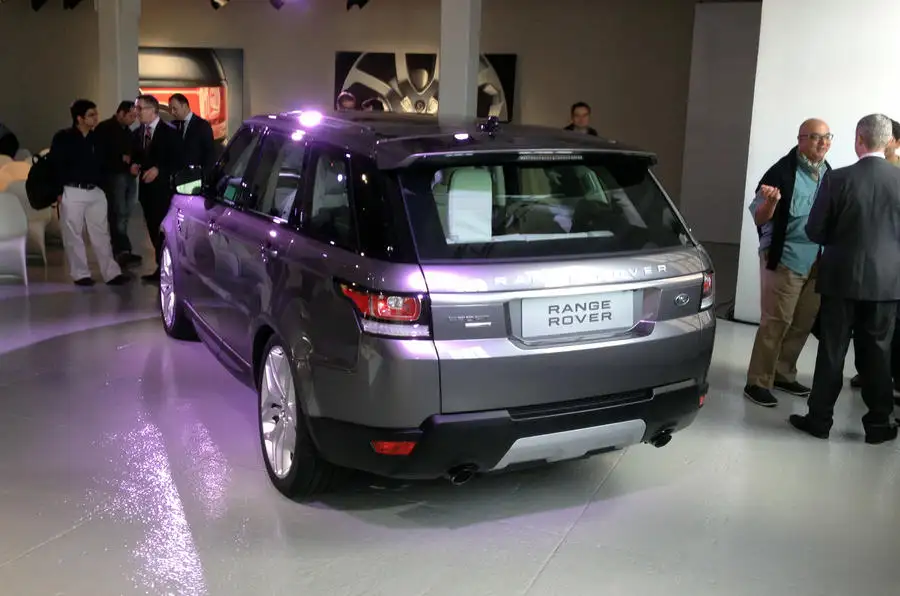








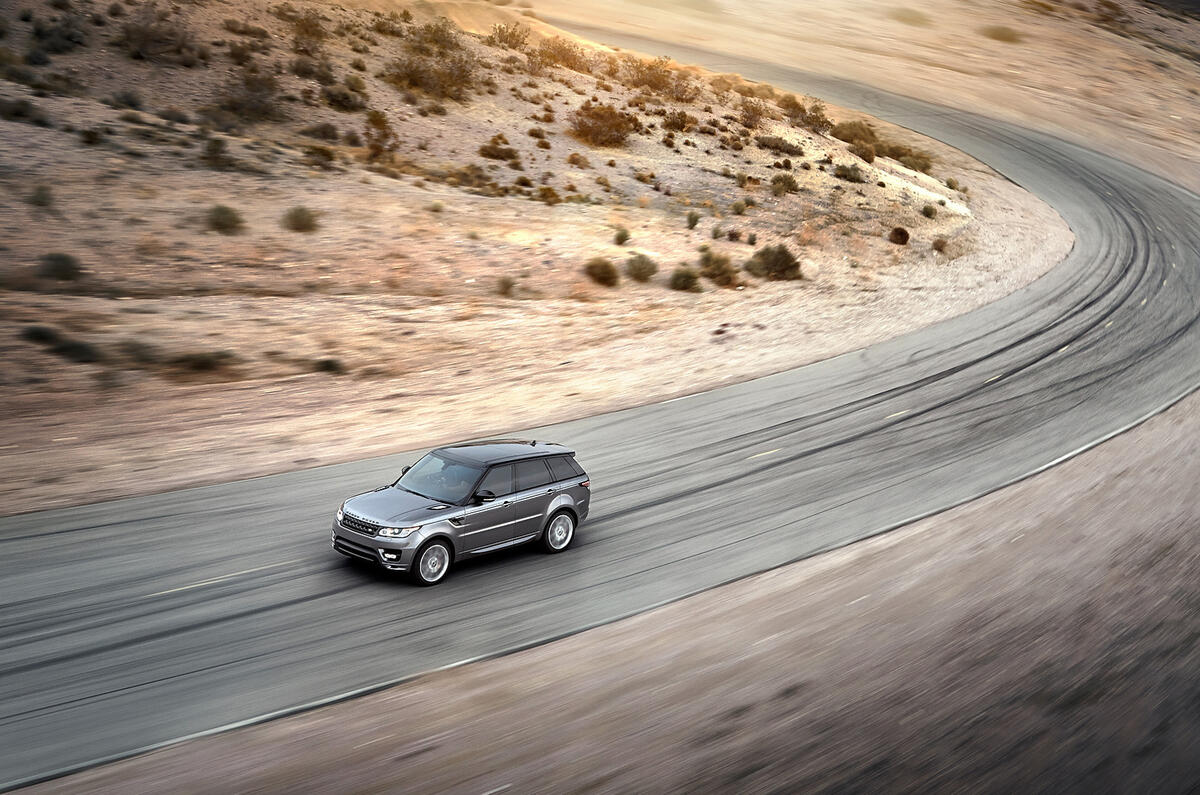


































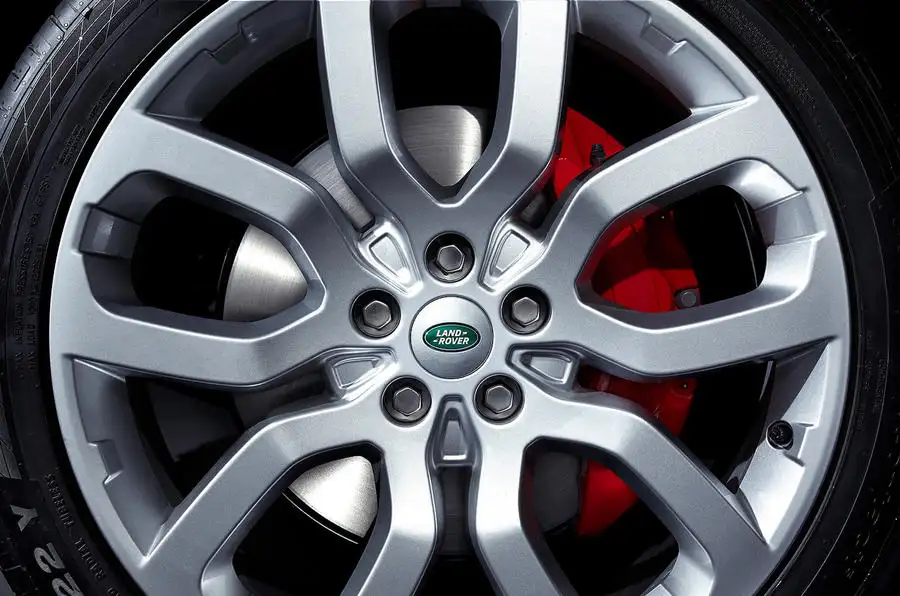
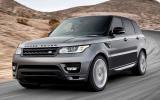





























































Join the debate
Add your comment
Classy, Contemporary, Cool
Land Rover hit the bullseye with this effort. So much more usable than a full-fat Range Rover on European roads, too. Want.
Land-Rover hits the spot again!
When Land-Rover launched the original Range Rover Sport I thought they had missed the target. It looked too much like the existing Range Rover. Admittedly that gave it a familt look and distanced it from the Discovery upon which it was based, but it was very dull compared to the Range-Stormer design exercise that had been on show a year or two earlier. Admittedly that was a bit too whacky, but something in between would have been ahead of the game and stunned the opposition.
Maybe the marketing men were right becuase the Sport certainly sold well enough, but rivlals have moved the sporty 4x4 sector on as far as looks are concerned, with cars such as the BMW X6 which might not make a lot of practical sense but then how many people buy 4x4s for practical reasons these days?
In my opinion, the styling of every new Land-Rover model since then has been spot-on, inside and out and this is no exception.
Unlike the original Sport, the Evoque looks sensational and dead sexy. The new Sport looks like a cross between the new R-R and the Evoque which I think is where it should have been in the first place. Unlike its predecessor, it's a head turner and should sell well on looks alone, which is a definite plus for this market sector.
As for 0-60 figures, that's surely not what this car is about. It needs to be quick of course, but you don't buy a 4x4 if your main priority is the traffic light grand prix (well not this sort anyway, maybe a Mitsubishi Evo or similar).
My only reservation is the build quality which has been a Land-Rover criticism for too long. Hopefully the all-new cars in their range will have been designed with this in mind and India's finest will go from strength to strength.
Well done Land Rover
Looks much better than the Full Fat and the Evoque. The TDV6 (from next year) will surely be the best UK seller and would be my choice at £52k, matches Cayenne on 0-60, mpg and CO2. Not as blingy either. Get an SE in Loire Blue or Aintree Green and it's as classy looking as a RR should be. Well done to LR, no more compromises and no more excuses for not buying British and supporting the thousands of LR and supply chain jobs in the UK